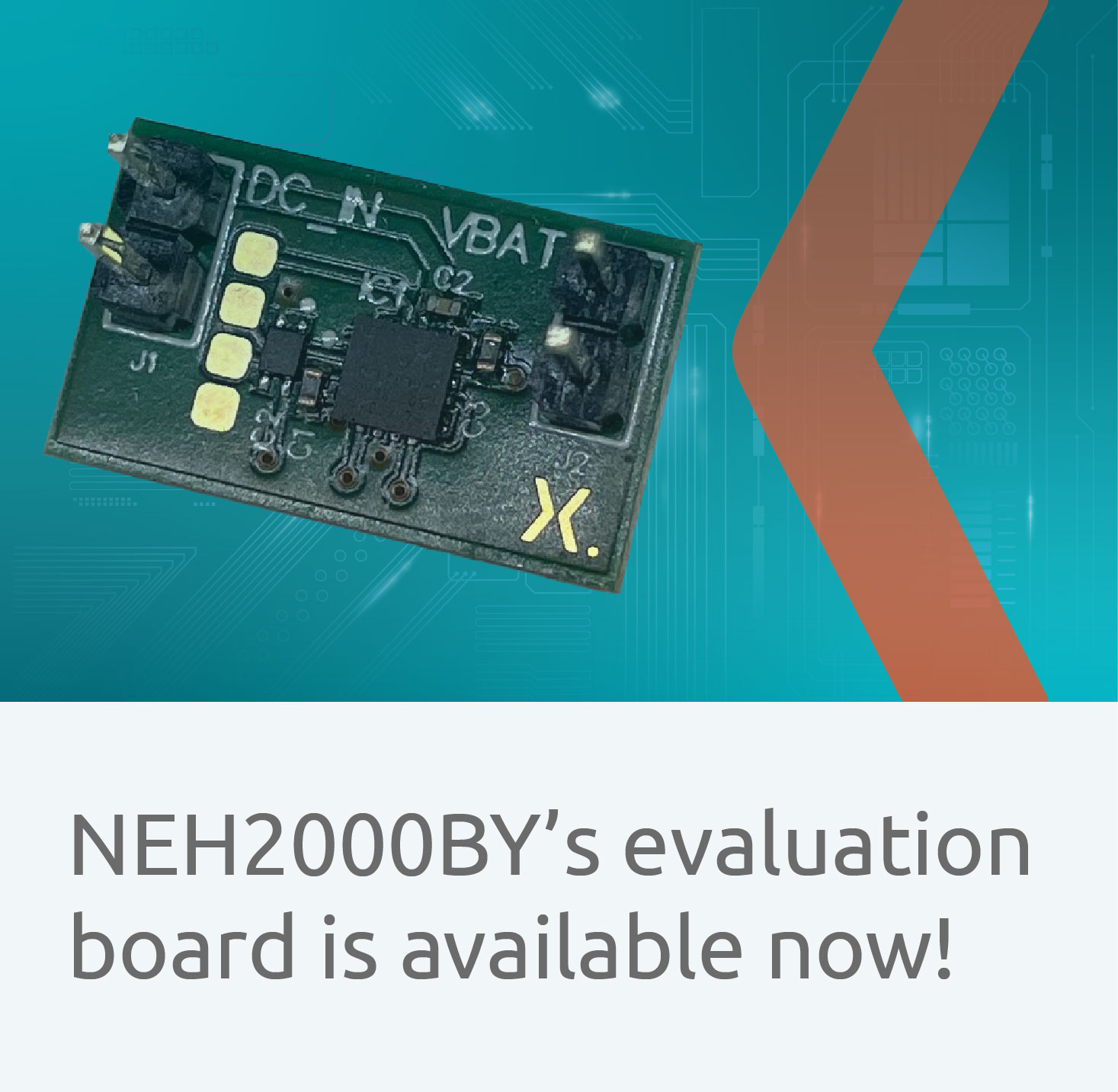Products
Design considerations
- Typically, remote controls use one or two AA / AAA batteries, but they can also utilize a LiPo battery or even coin cells.
- Systems typically have a USB-C connector as back up charging option
- Designs can include an embedded microphone to manage voice commands and an optional LCD display
- The IR circuity can be external although some SoCs have a built in LED drive transistor

Adaptive energy harvesting PMIC enables environmentally friendly autonomous, connected devices
Ambient energy harvesting has often been proposed for recharging batteries in remote internet-of-things devices but hasn’t yet taken off. Nexperia's new dedicated PMIC is set to radically improve the viability of energy harvesting with significant benefits for the environment.
-01.jpg)